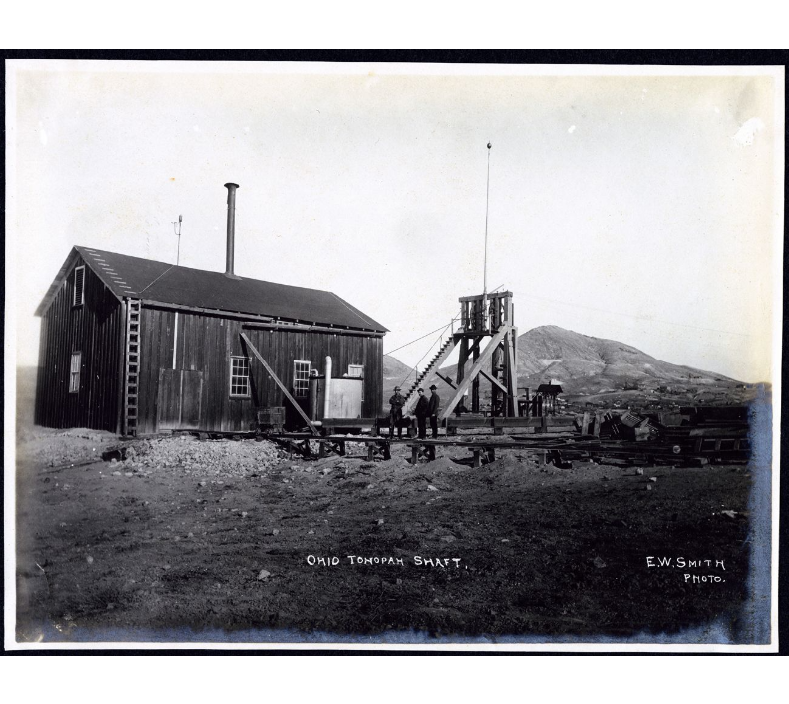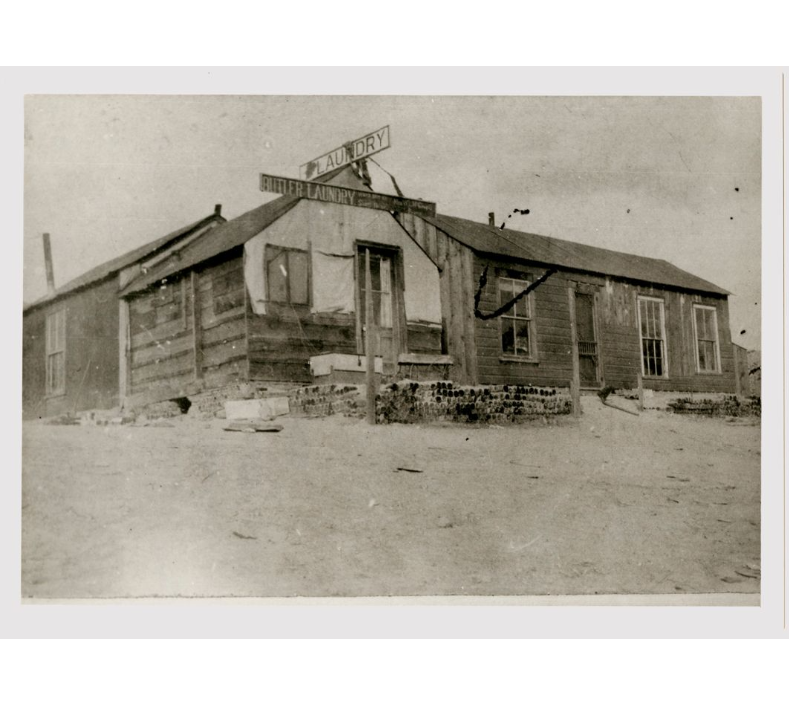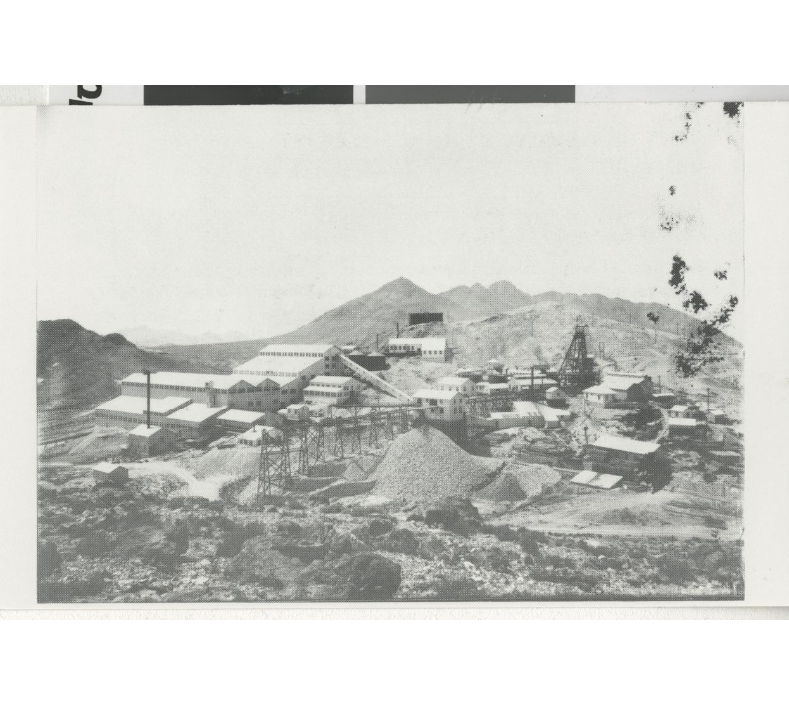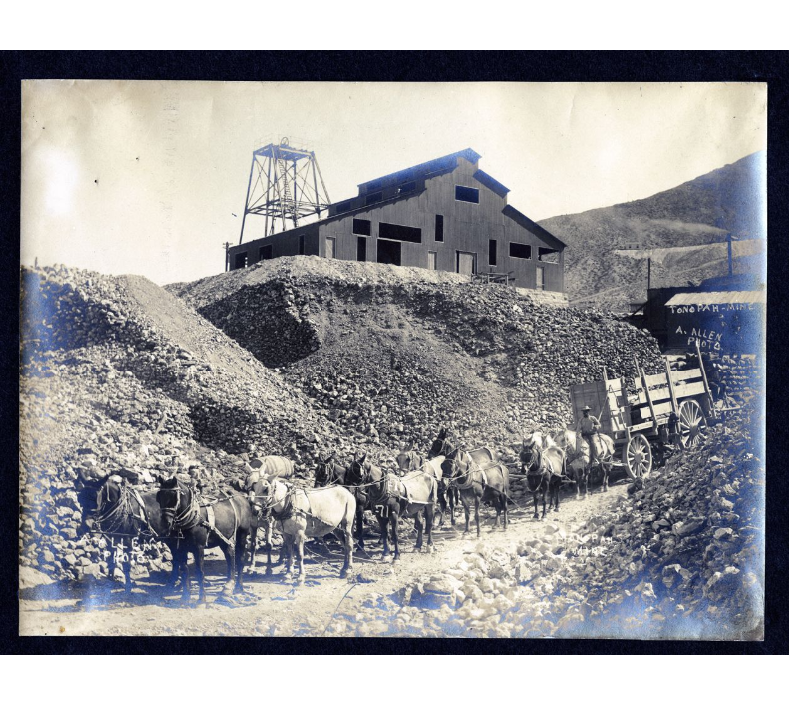/lake-havasu/
Lake Havasu City is a city located in Mohave County, Arizona. It is situated on the eastern shore of Lake Havasu, a large reservoir formed by the Parker Dam on the Colorado River. The city is known for its picturesque landscapes, outdoor recreational activities, and vibrant community.
Lake Havasu City was established in 1964 by real estate developer Robert P. McCulloch as a planned community. The city was designed to be a tourist destination and has since become a popular vacation spot and retirement location. The warm climate, sunny weather, and beautiful natural surroundings make it an ideal place for outdoor enthusiasts.

One of the main attractions in Lake Havasu City is the London Bridge. Yes, that’s right, the London Bridge. In 1968, McCulloch purchased the original 1831 London Bridge from the City of London and shipped it to Lake Havasu City. The bridge was reconstructed brick by brick and now serves as a major tourist attraction and the city’s centerpiece.
Lake Havasu is also a haven for water sports and boating enthusiasts. The lake offers various recreational activities, including fishing, jet skiing, paddleboarding, and kayaking. Boaters can cruise along the lake’s 450 miles of shoreline or anchor in one of the many secluded coves for a tranquil experience.
For those who prefer land-based activities, Lake Havasu City has numerous hiking and biking trails that showcase the area’s natural beauty. The surrounding desert landscape provides a unique backdrop for outdoor adventures. Visitors can explore the nearby Cattail Cove State Park, which offers camping facilities, hiking trails, and sandy beaches.
The city is also home to several annual events and festivals that attract visitors from all over. In January, the Lake Havasu Balloon Festival showcases colorful hot air balloons flying over the lake. The Lake Havasu Boat Show, held in April, features various boats and marine products. And during the summer, the city hosts the Fourth of July fireworks extravaganza, one of the largest in Arizona.
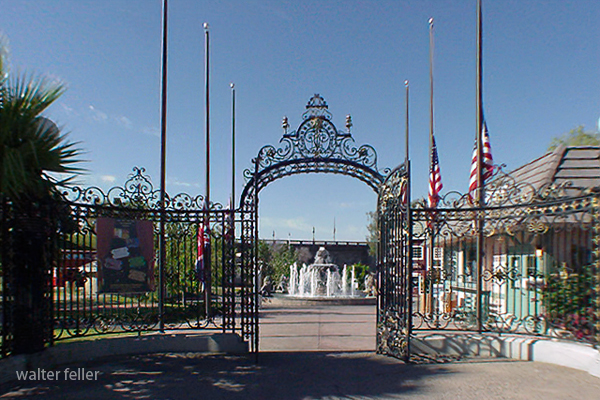
In addition to its natural beauty and recreational opportunities, Lake Havasu City has a thriving downtown area with shops, restaurants, and entertainment options. Visitors can stroll along the Bridgewater Channel, a pedestrian-friendly promenade parallel to the London Bridge. The channel has shops, eateries, and outdoor patios, offering a scenic and lively atmosphere.
Lake Havasu City, Arizona, offers natural beauty, outdoor recreation, and small-town charm. Whether you’re looking for a relaxing getaway or an exciting adventure, this city has something to offer everyone. So, pack your bags and prepare to experience Lake Havasu City.


